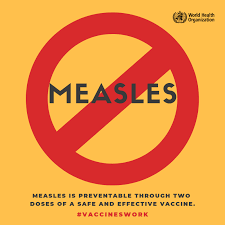
Many people believed measles was a thing of the past, but a recent outbreak is proving otherwise. Since late January 2025, over 700 people have been infected, and two school-aged children have died—one of them an unvaccinated 8-year-old girl. The outbreak began in West Texas and has spread quickly, with 91 people needing hospital care so far.
Measles is a highly contagious virus. It spreads through the air and can stay in the air for up to two hours after an infected person leaves the area. One of the trickiest parts is that a person can spread the virus four days before showing a rash—making it hard to catch early. This is especially dangerous in schools or playgroups where kids spend a lot of time together.
Symptoms of measles include fever, red eyes, cough, runny nose, sore throat, vomiting, fatigue, muscle aches, and a rash known as Koplik’s spots. These tiny white spots appear inside the mouth before the full skin rash shows up and are a clear sign of the illness.
The best protection is the measles vaccine, which is 97% effective. But the vaccine only works well when enough people get it. This is where “herd immunity” comes in. Herd immunity happens when so many people are vaccinated that the virus can’t spread easily. For measles, about 95% of the population needs to be vaccinated to stop outbreaks. Right now, only 91% of people are vaccinated—too low to protect everyone.
Health officials are urging families to check their vaccination records and talk to their doctors. Measles is more than just a rash—it’s a serious illness that can lead to hospitalization or even death.
No one knows how long this outbreak will last, but experts agree that getting vaccinated is the most effective way to stop it.